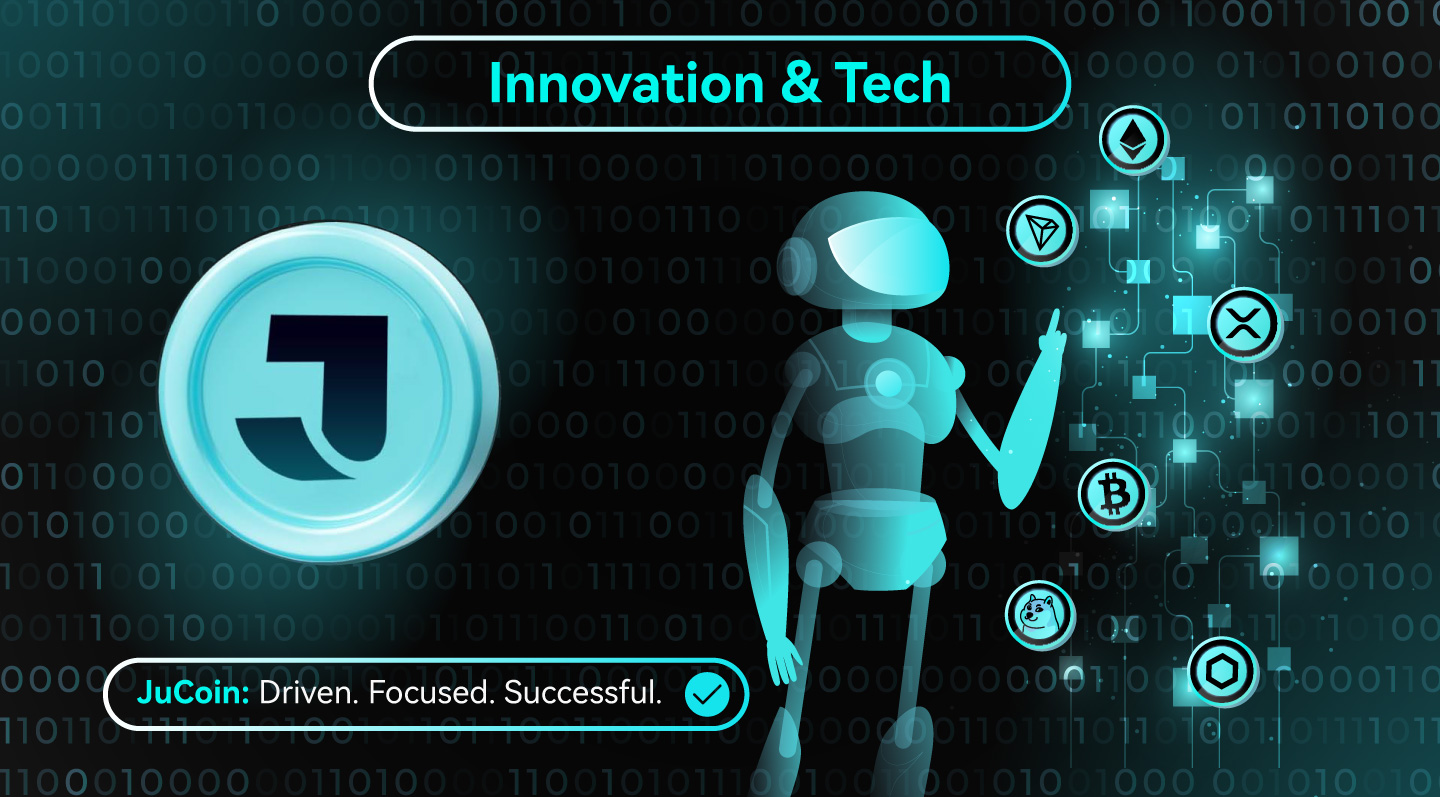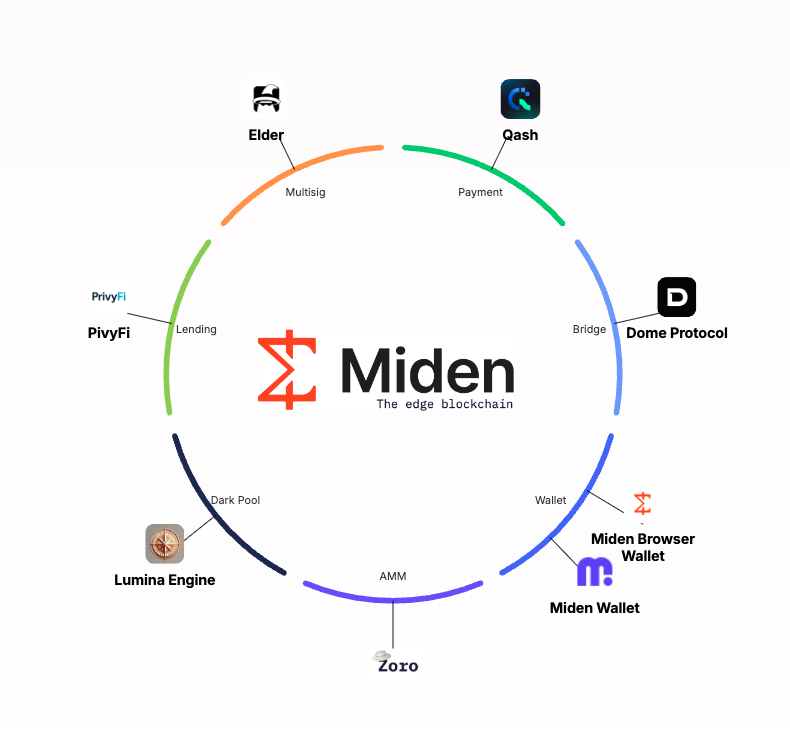
Miden has secured $25 million in funding from a16z Crypto to build the world’s first “edge blockchain” that moves transaction execution from centralized validators to user devices. This Innovation and Tech breakthrough addresses the fundamental scalability and privacy limitations plaguing traditional blockchains like Ethereum and Solana. Unlike conventional networks that require global re-execution of transactions, Miden enables users to execute and prove their own transactions locally, with zero-knowledge proofs verifying validity on-chain.
Summary: Miden’s edge blockchain architecture eliminates execution bloat by pushing computation to client devices, enabling unlimited scalability and native privacy while maintaining decentralization. The project spun out from Polygon Labs and targets Q4 2025 mainnet launch.
What Makes Miden’s Edge Blockchain Revolutionary?
Edge Execution Eliminates Network Bottlenecks
Traditional blockchains suffer from execution bloat where every node must re-execute all transactions to verify the chain. This creates an inherent scalability ceiling limited by the slowest node. Miden overcomes these limitations by pushing execution and state to the edge, on the client side, removing the need for network re-execution.
The edge blockchain model fundamentally changes how blockchains operate. Instead of sending transactions to validators for execution, users run smart contracts locally on their devices – whether smartphones, laptops, or dedicated hardware. The network only receives compact zero-knowledge proofs that mathematically guarantee the execution was valid.
Actor Model Enables Unlimited Parallelization
Miden’s architecture is inspired by the well-established Actor Model from concurrent systems design. Each account functions as an independent actor responsible for maintaining its own state and proving state transitions. This approach eliminates the global state synchronization bottleneck that limits traditional blockchains.
Multiple users can execute complex smart contracts simultaneously without competing for network resources. A sophisticated trading algorithm, machine learning model inference, or complex DeFi operation consumes the same verification resources as a simple token transfer from the network’s perspective.
Technical Architecture: STARK Proofs and Hybrid State Management
STARK-Based Virtual Machine
Miden VM is built on STARK (Scalable Transparent ARguments of Knowledge) technology rather than SNARK systems used by other ZK rollups. This choice provides three critical advantages:
- No Trusted Setup: STARKs use hash functions instead of elliptic curve cryptography, eliminating centralization risks from trusted parameter generation
- Quantum Resistance: Hash-based security provides better protection against future quantum computing threats
- Fast Verification: While STARK proofs are larger than SNARKs, they verify faster, enabling efficient parallel validation
The Miden VM executes programs written in Rust, eliminating the need for developers to learn blockchain-specific programming languages. Smart contracts compile to WebAssembly, providing familiar development patterns while generating zero-knowledge proofs automatically.
Hybrid Public-Private State Model
Miden combines elements from Bitcoin’s UTXO model, Ethereum’s account model, and modern database design. Accounts can be either public (fully on-chain) or private (only commitments stored on-chain). Private accounts require just 32 bytes of storage regardless of their actual data size, enabling billions of accounts without state bloat.
Communication between accounts happens through “notes” – programmable UTXOs with spend conditions. Notes can implement complex logic like atomic swaps, recallable transactions, or conditional payments. This design enables powerful financial primitives impossible on traditional blockchains.
$25 Million Funding and Market Positioning
A16z-Led Investment Round
Miden closed its $25 million seed round led by a16z Crypto, 1kx, and Hack VC, with participation from Finality Capital Partners, Symbolic Capital, P2 Ventures, Delta Fund, and prominent angel investors including MakerDAO’s Rune Christensen and EigenLayer’s Sreeram Kannan.
The funding will accelerate development toward the Q4 2025 mainnet launch and expand the ecosystem through the Miden Pioneer Program. This initiative onboards early developers and stress-tests the network through real-world applications.
Competitive Positioning Against Layer 1s
Sandeep Nailwal, Polygon Labs founder, positioned Miden to “rival Solana, Sui, and Aptos” while serving as the “epicenter of crosschain liquidity for Agglayer”. Unlike these traditional Layer 1s that compete on raw transaction throughput, Miden offers fundamentally different capabilities:
| Feature | Traditional L1s | Miden Edge Blockchain |
|---|---|---|
| Execution Location | Network Validators | User Devices |
| Privacy | Transparent by Default | Private by Default |
| Scalability Limit | Hardware Constraints | User Adoption |
| Smart Contract Complexity | Gas Limit Restrictions | Device Processing Power |
Privacy-First Design for Institutional Adoption
Native Confidentiality
Co-founder Bobbin Threadbare emphasized that “no existing blockchain is ready for mass adoption” due to limitations in privacy, scalability, or Web3-native principles like censorship resistance. Miden addresses this gap by making privacy the default rather than an afterthought.
Private accounts can transact completely off-chain with only zero-knowledge proofs submitted for verification. This enables use cases impossible on transparent blockchains:
- Corporate Treasury Management: Companies can manage multi-million dollar treasuries without revealing balances or transaction patterns
- Compliant Institutional Trading: Financial institutions can prove regulatory compliance without exposing trading strategies
- Private Payments: Users can transact confidentially while remaining auditable when required
Regulatory Compliance Features
The hybrid public-private model enables “selective disclosure” where institutions can prove compliance to regulators without public transparency. This addresses the critical gap preventing large-scale institutional blockchain adoption.
Real-World Applications and Use Cases
High-Frequency Trading Infrastructure
Traditional DEXs suffer from MEV exploitation and front-running due to public transaction pools. Miden enables order book exchanges where:
- Traders submit encrypted orders locally
- Matching happens off-chain with zero-knowledge proofs
- Only final settlement requires on-chain execution
- Market makers operate without revealing strategies
Gaming and Digital Assets
Miden enables truly fair yet confidential gaming experiences, allowing Web3 games to finally achieve non-spoiler and anti-cheat capabilities. Players can:
- Own rare items with hidden attributes
- Prove game achievements without revealing strategies
- Trade assets without exposing inventory values
- Participate in competitive events with verifiable fairness
AI and Machine Learning
The edge execution model enables powerful AI applications:
- Run machine learning models locally with private data
- Submit verified predictions to smart contracts
- Monetize AI services without revealing model parameters
- Enable decentralized AI marketplaces with IP protection
Development Experience and Ecosystem
Rust-First Development
Unlike other blockchain VMs requiring specialized languages, Miden supports standard Rust development. The familiar toolchain includes:
- Standard Library Support: Full access to Rust’s extensive ecosystem
- Type Safety: Compile-time guarantees prevent common smart contract vulnerabilities
- WebAssembly Compilation: Seamless deployment from existing Rust codebases
- Local Testing: Full smart contract debugging on developer machines
Miden Pioneer Program
The current alpha testnet supports core builders through structured onboarding and technical support. Early developers gain access to:
- Direct integration support from the core team
- Early feedback on protocol development
- Priority access to mainnet launch resources
- Potential token incentives for ecosystem contributions
Challenges and Limitations
Client-Side Proving Requirements
Edge execution requires users to generate zero-knowledge proofs locally. While optimized for efficiency, this still demands:
- Hardware Requirements: Smartphones can handle basic operations, but complex contracts may need dedicated hardware
- Network Connectivity: Users need periodic blockchain synchronization for state commitments
- Key Management: Private account security becomes entirely user-dependent
Ecosystem Development
As a new paradigm, Miden faces typical early-stage challenges:
- Developer Education: New programming models require learning curve investment
- Tooling Maturity: Development infrastructure needs continued expansion
- Integration Complexity: Connecting with existing DeFi protocols requires careful architecture
Network Effects
Success depends on achieving critical mass adoption. The value proposition increases significantly with more users, but initial adoption requires overcoming chicken-and-egg dynamics.
Mainnet Launch and Future Roadmap
Q4 2025 Timeline
Miden’s mainnet launch is scheduled for the fourth quarter of 2025, following extensive alpha testing. The roadmap includes:
- Phase 1: Core protocol launch with basic edge execution
- Phase 2: Advanced privacy features and enterprise tools
- Phase 3: Cross-chain integration via Polygon AggLayer
- Phase 4: Recursive proof support for infinite scalability
Token Distribution Strategy
Miden plans to airdrop approximately 10% of its native tokens to Polygon (POL) tokenholders and stakers, maintaining ecosystem connections while operating independently. This approach rewards the Polygon community while establishing Miden’s autonomous governance.
FAQ: Understanding Miden’s Edge Blockchain
How does edge execution improve blockchain scalability? Edge execution eliminates the bottleneck of global transaction re-execution by moving computation to user devices. Only compact zero-knowledge proofs require network verification, enabling unlimited parallel processing.
What makes Miden different from other ZK rollups? Unlike zkSync or Polygon zkEVM that focus on Ethereum compatibility, Miden prioritizes ZK-native design with client-side proving and hybrid public-private state management for maximum scalability and privacy.
Can mobile devices handle Miden’s proving requirements? Basic transactions and simple smart contracts can execute on smartphones. Complex operations may require more powerful hardware or delegated proving services that maintain privacy.
How does Miden maintain decentralization with client-side execution? The network remains decentralized for consensus and verification while users control their own execution and state. This actually increases decentralization by removing dependency on validator hardware limitations.
What programming languages does Miden support? Miden primarily supports Rust development with WebAssembly compilation. This provides access to Rust’s extensive ecosystem while generating automatic zero-knowledge proofs.
When will major applications launch on Miden? The Pioneer Program is currently onboarding core builders for mainnet launch in Q4 2025. Early applications will likely focus on DeFi, gaming, and privacy-focused use cases.
How does Miden’s privacy compare to other privacy coins? Miden provides programmable privacy at the smart contract level, not just payment privacy. Users can build complex applications with selective disclosure rather than simple private transfers.
What are the risks of investing in early Miden projects? As an experimental architecture, early projects face technical risks from unproven paradigms, limited ecosystem tooling, and potential security vulnerabilities in novel cryptographic implementations.
Key Takeaways
- Miden’s edge blockchain architecture represents a fundamental shift from network execution to client-side proving, potentially solving the blockchain scalability trilemma
- The $25 million funding from leading investors validates the technical approach and positions Miden to compete with established Layer 1 blockchains
- Native privacy and unlimited smart contract complexity enable new application categories impossible on traditional transparent blockchains
- Q4 2025 mainnet launch will demonstrate whether edge execution can deliver on its transformative potential for institutional adoption and Web3 scalability
Miden’s success could catalyze the next major evolution in blockchain architecture, moving the industry beyond the limitations of current transparency-focused designs toward truly scalable, private, and institutional-ready infrastructure.






